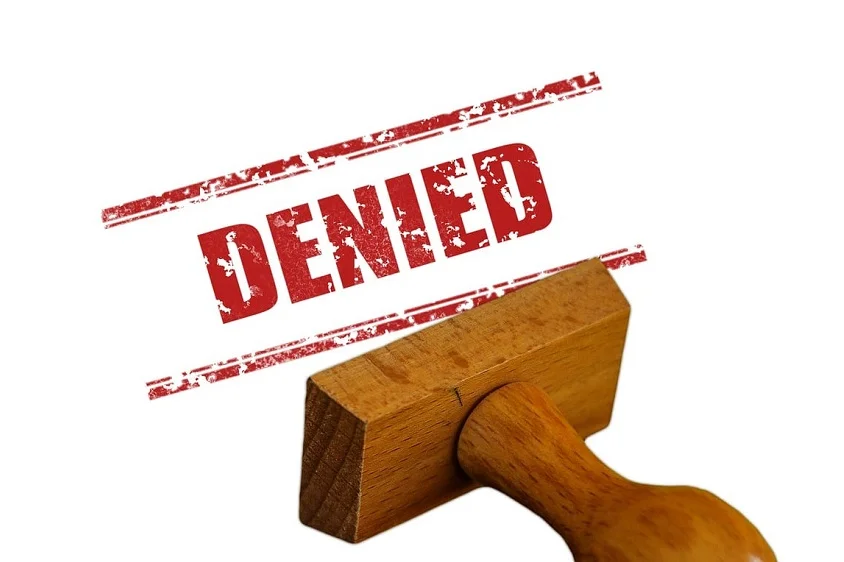The Patent Drafting Dilemma: Should Patent Drafters Focus on Quantity or Quality?
- August 2, 2024
- By Sarita Thomas
- Read 3 minutes
Patent drafting is a critical process that determines how effectively new innovations are protected. Patent drafters face a significant dilemma: should they emphasize filing a larger number of patents focusing on a set of related inventions – some weak and others strong, or should they focus on crafting only high-quality, detailed patent applications? This article looks into the trade-offs between quantity and quality in patent drafting, explores how firms can balance these aspects, and examines case studies of companies that have chosen different approaches.
The choice between quantity and quality in patent drafting often revolves around strategic considerations. On one hand, companies may opt to file numerous patents to build a broad intellectual property portfolio. This strategy can serve as a defensive measure, creating a dense network of patents that can complicate competitors’ efforts to enter the market. While this approach can provide extensive market coverage, it may result in patents that are less detailed and more vulnerable to legal challenges. Such a strategy can be seen as a way to establish a “patent thicket,” which, although protective, might not always yield the strongest or most enforceable patents. Maintaining the low-quality patents in the portfolio isn’t easy too – each patent requires maintenance fee to be paid to the patent office at regular intervals. This means the RoI from the patent investments decreases if these low-quality patents do not help in generating revenue or influence patent infringement strategy.
Conversely, focusing on high-quality patents involves a more detailed and rigorous drafting process and selective filings. Sometimes, this may lead to abandoning those ideas that appear weak but may find potential opportunity later. High-quality patent applications are characterized by their thorough and precise content, including clear claims and comprehensive descriptions. These patents are often more robust and better defended in litigation. Non-provisional patent drafting services, in particular, emphasize the importance of detailed documentation to secure a strong patent. Although this approach requires a more time-consuming and resource-intensive process, it can result in patents that are more defensible and less likely to be challenged.
Balancing speed and thoroughness is a critical challenge for patent drafting firms. Efficient processes and expertise can help maintain a balance between rapid filing and high-quality drafting. For instance, a thorough prior art search, state of the art search, landscapes, and whitespace analysis can help streamline the drafting process and overall patent strategy, ensuring consistency and reducing the time required to prepare each application. Additionally, employing experienced patent drafters who can handle complex, high-quality drafting while managing multiple projects is necessary. Firms that invest in skilled professionals are better equipped to handle the delicate balance between quantity and quality of the patent portfolio.
The specific needs and goals of clients also play a significant role in determining the approach. Some clients may prioritize a broad patent portfolio to cover various aspects of their technology, seeking to build a substantial presence in the market. Others may prefer detailed, high-quality patents for a few critical innovations, focusing on the strength and enforceability of each application. Tailoring services to meet these diverse needs enables patent drafting firms to provide targeted and effective support.
To illustrate these concepts, consider two companies with differing strategies. Company A, a large technology firm, adopted a strategy of filing numerous patents to create an extensive intellectual property portfolio. This approach allowed them to secure broad protection and establish a strong market presence. However, it also led to a number of patents with less detailed claims, which were often challenged in litigation. As a result, the company faced higher legal costs and difficulties managing their extensive portfolio.
In contrast, Company B, a biotech firm, focused on producing high-quality patents with detailed descriptions and clear claims. Their non-provisional patent drafting services ensured that each application was carefully prepared with a plan in context, leading to stronger and more enforceable patents. Although this resulted in a smaller number of patents, the firm benefited from lower legal costs, maintenance fee, and a higher success rate in enforcing their intellectual property resulting in overall higher return on investments.
In summary, the decision to prioritize quantity or quality in patent drafting depends on a company’s strategic goals, resources, and market position. While a large patent portfolio can offer broad coverage, high-quality patent applications provide more robust protection and can reduce long-term costs. Patent drafting firms must carefully consider their clients’ needs and implement strategies to balance speed and thoroughness effectively. By doing so, they can offer valuable services that not only support innovation but also ensure strong and strategic protection for intellectual property.







